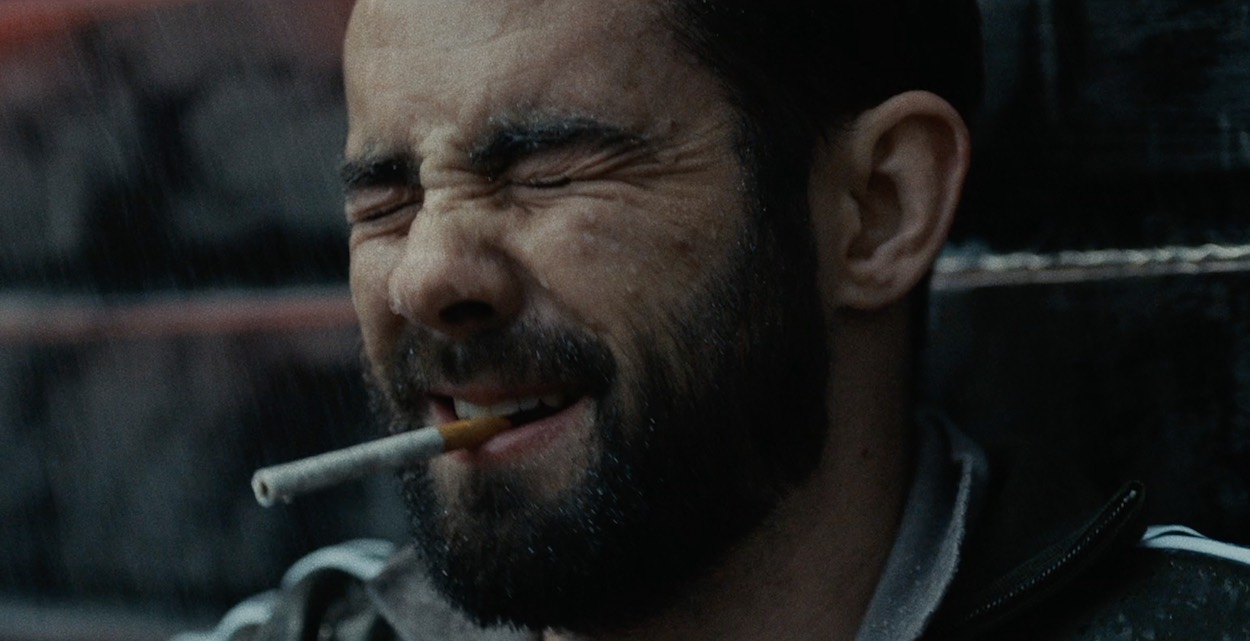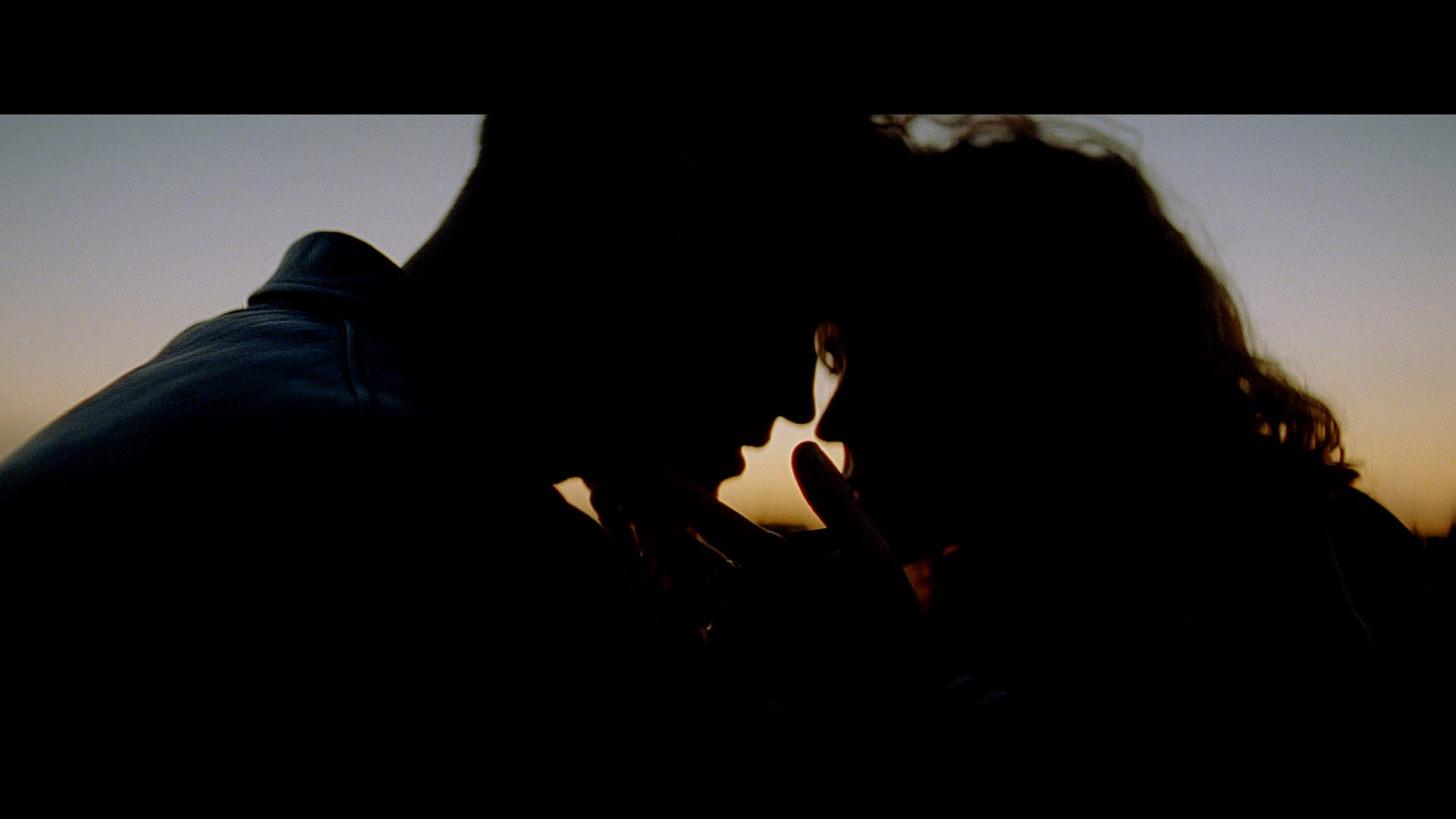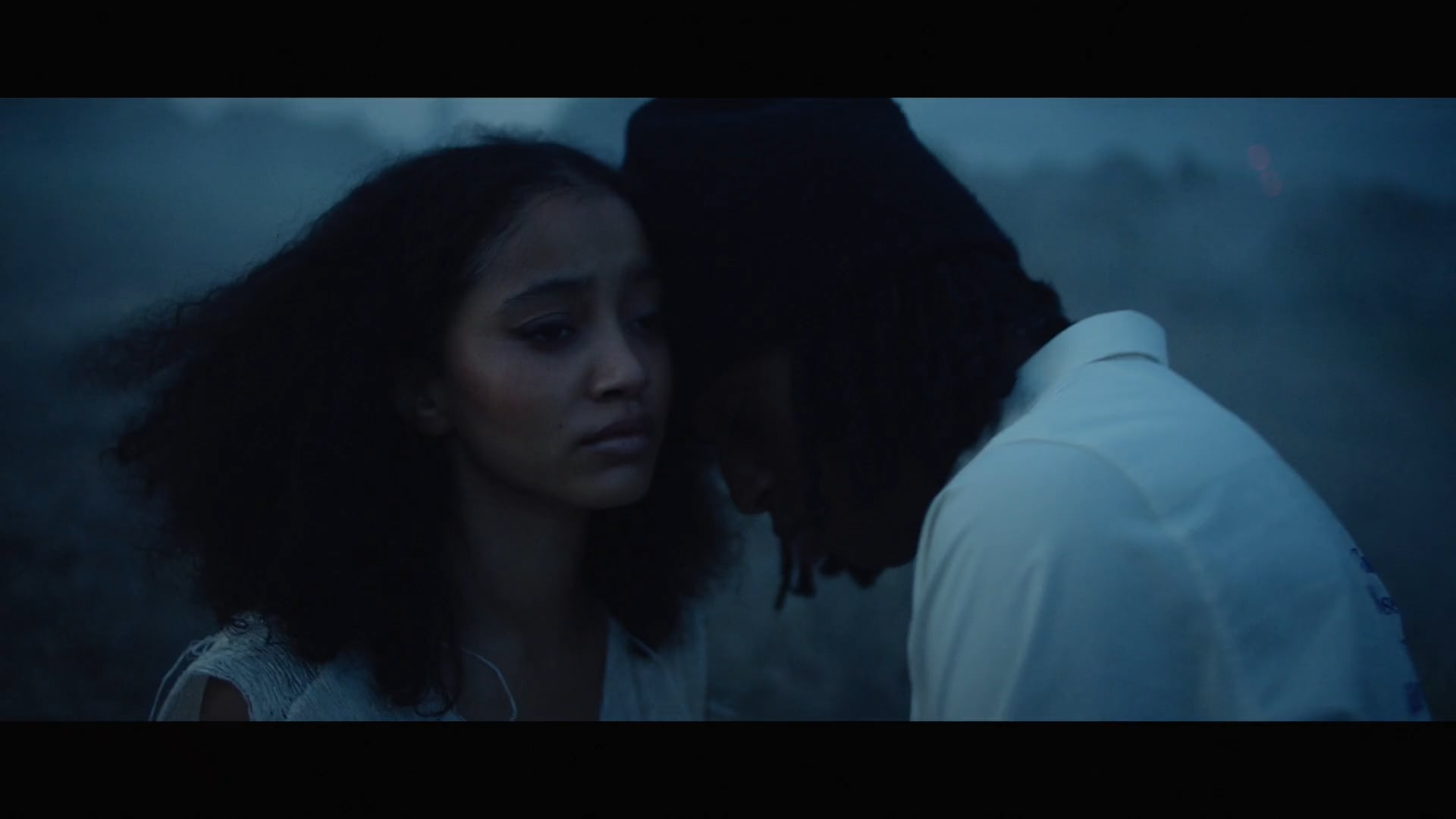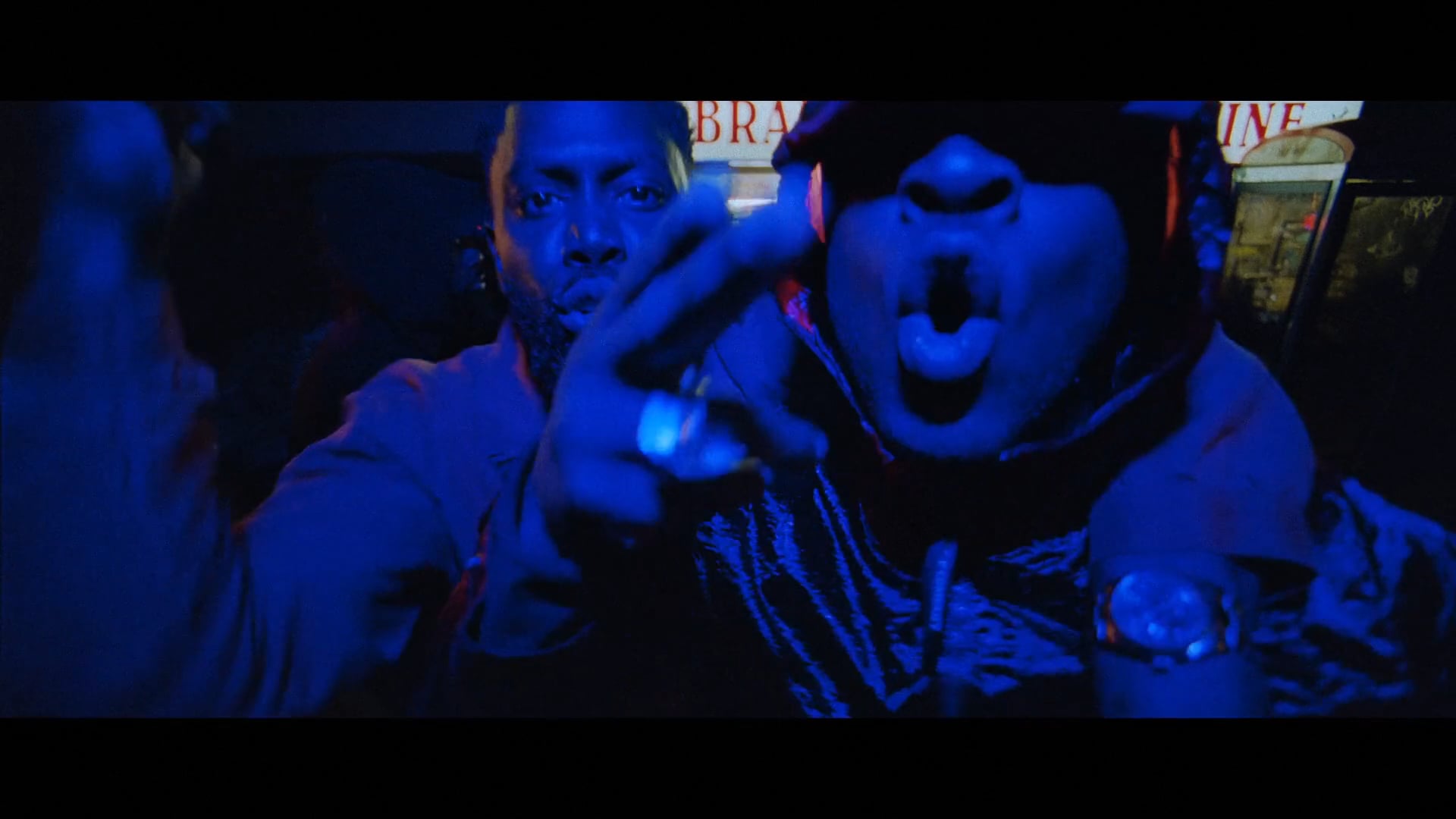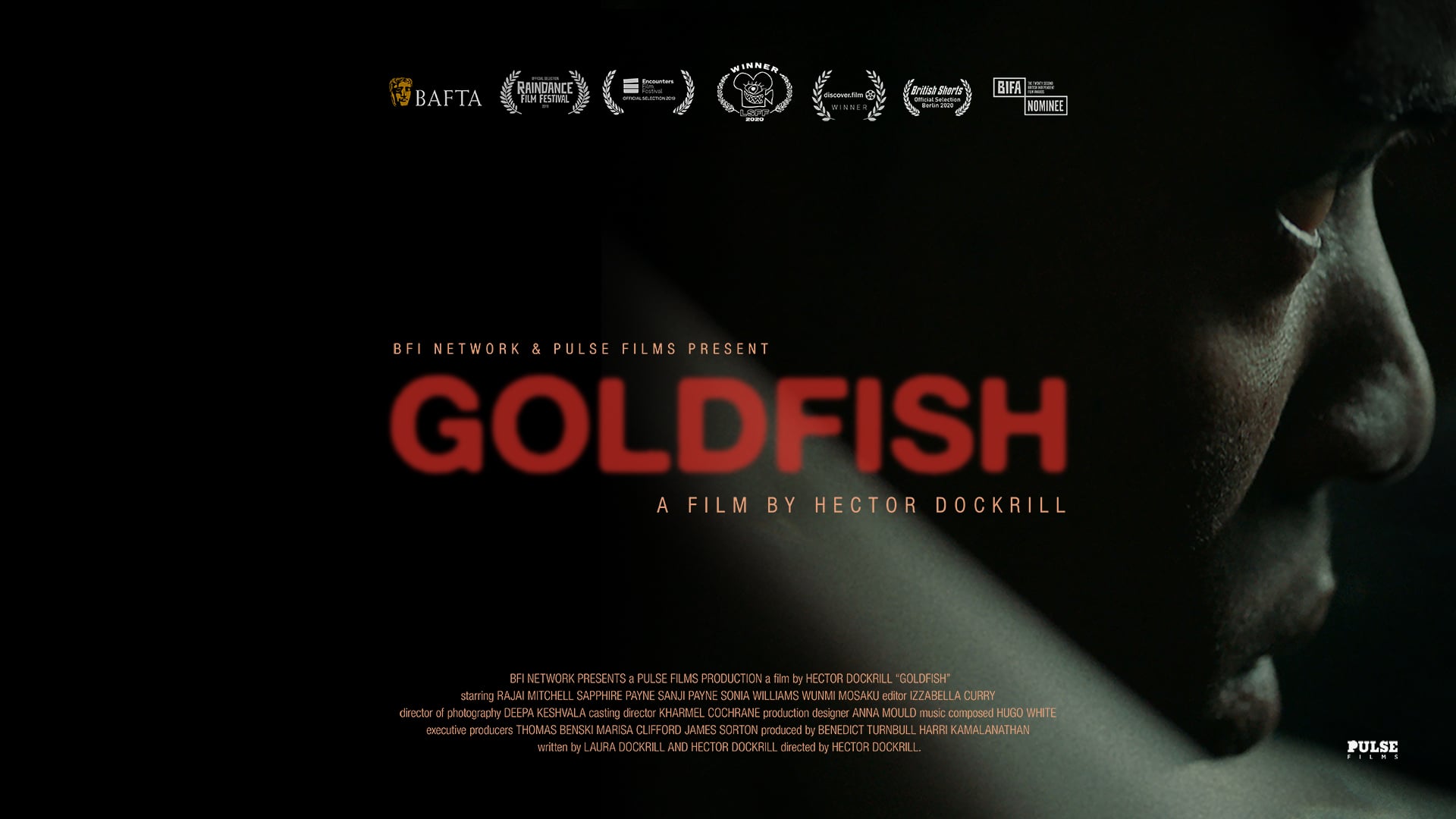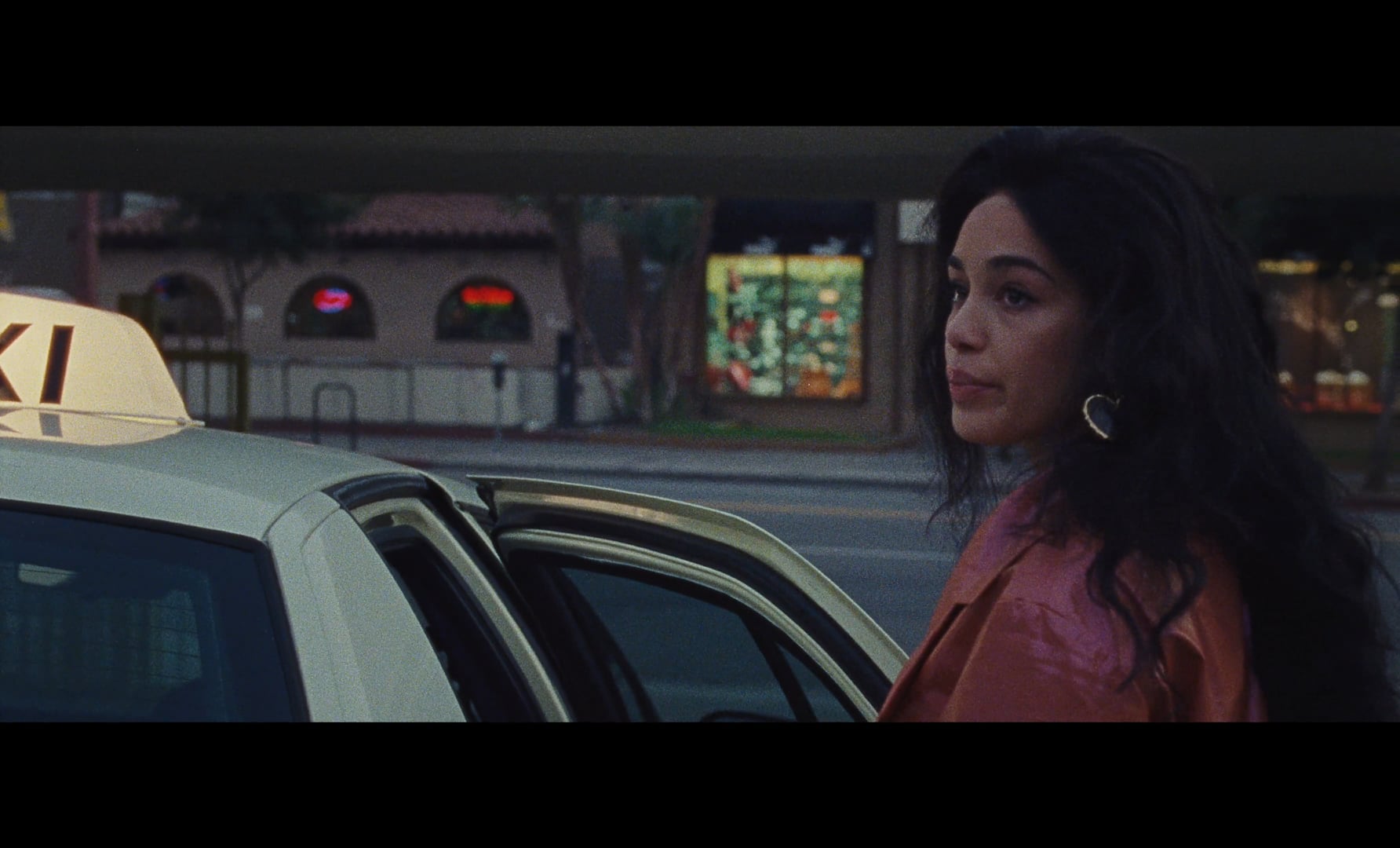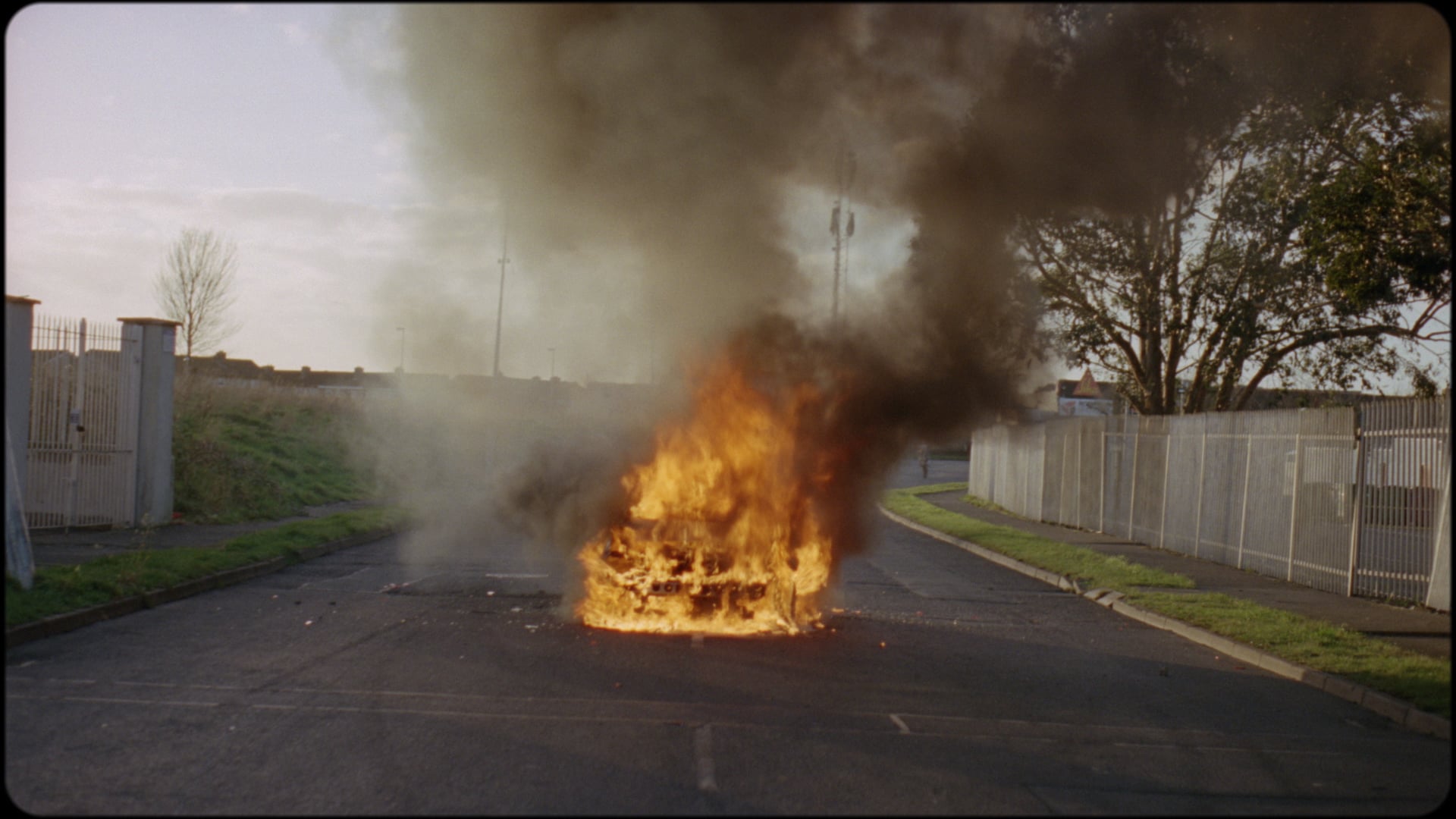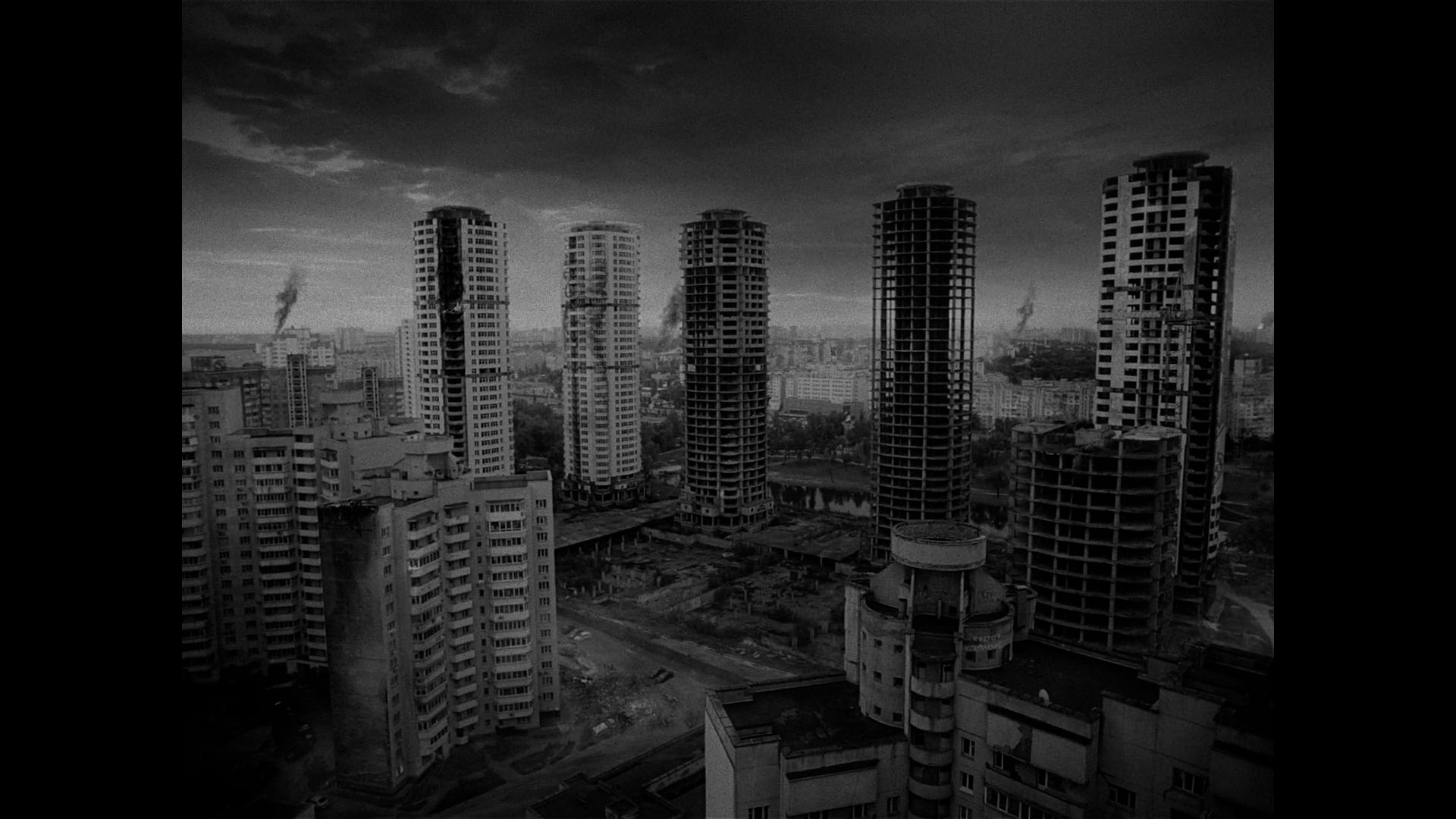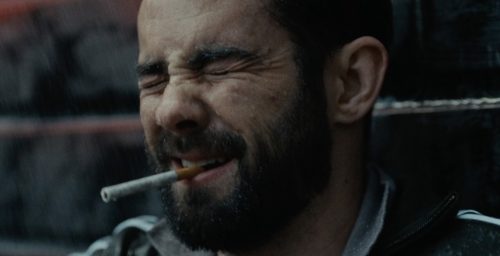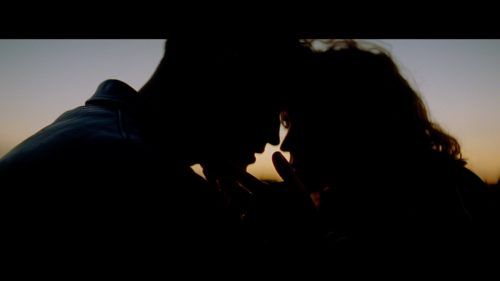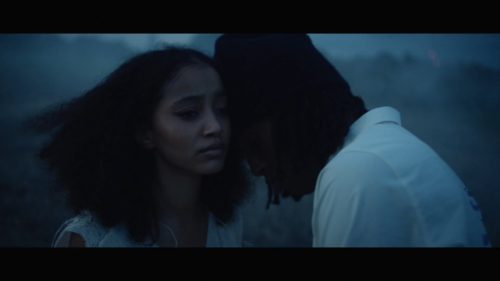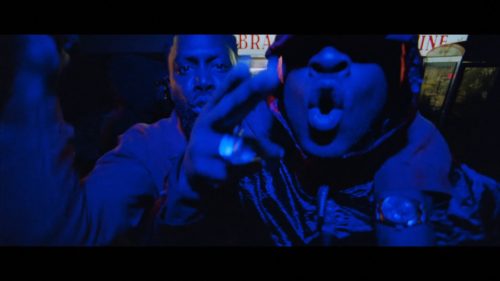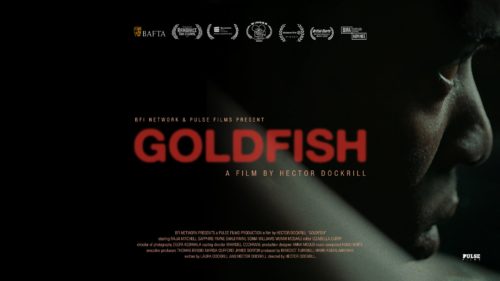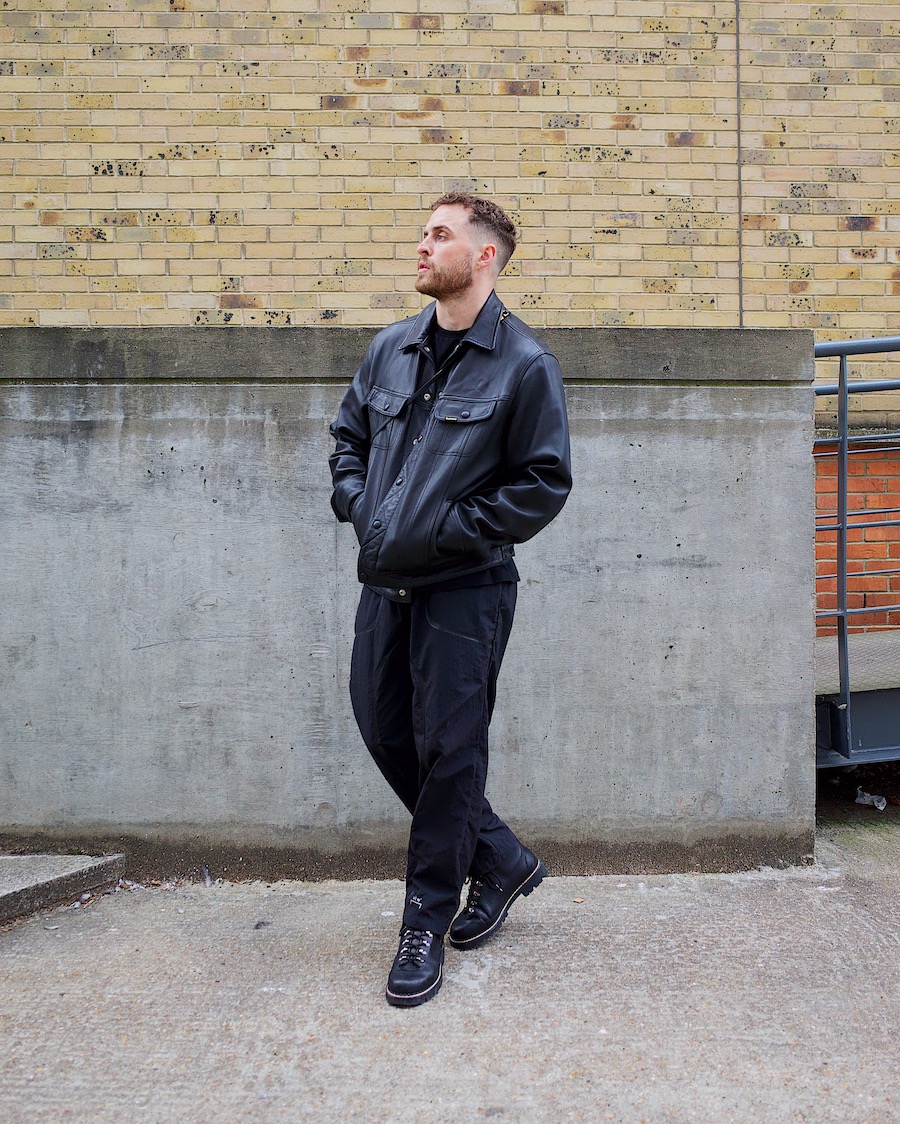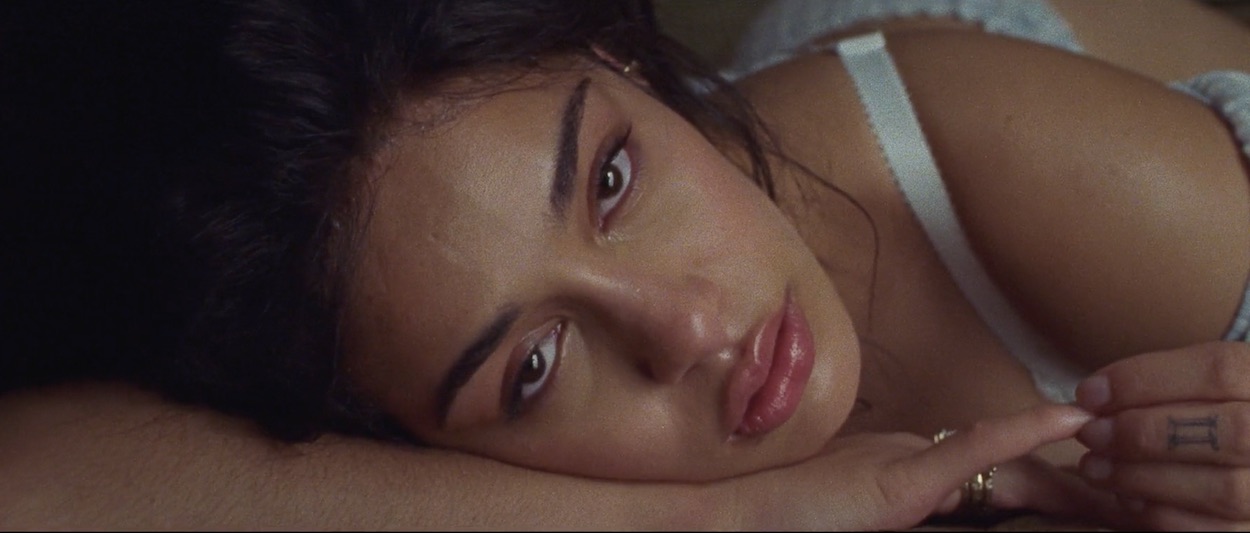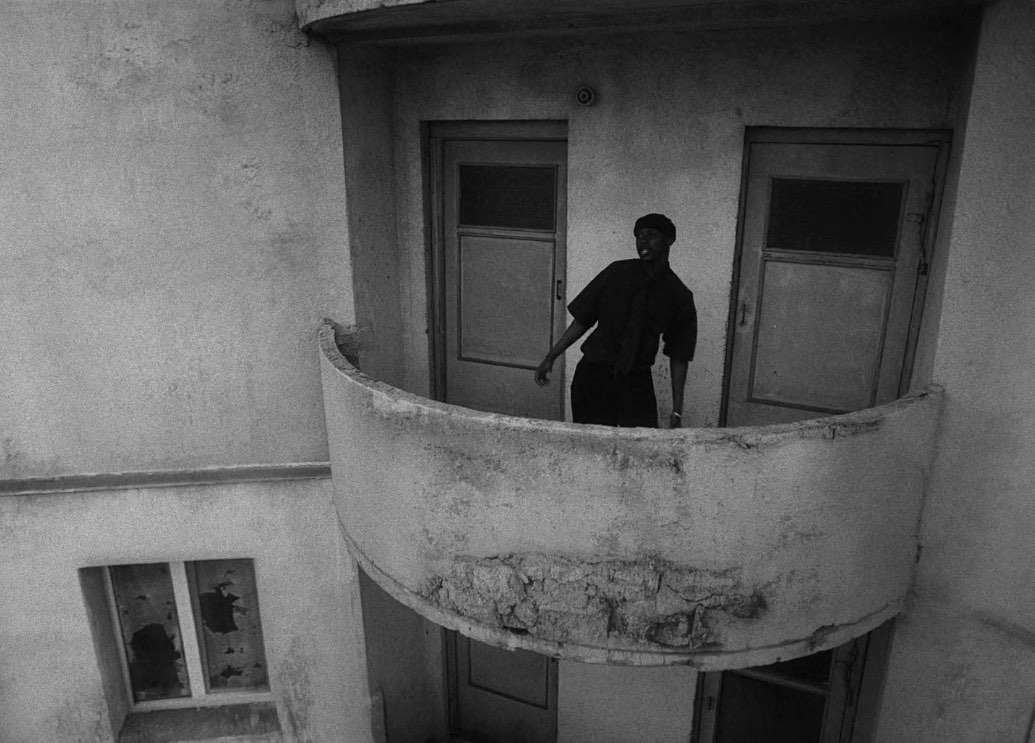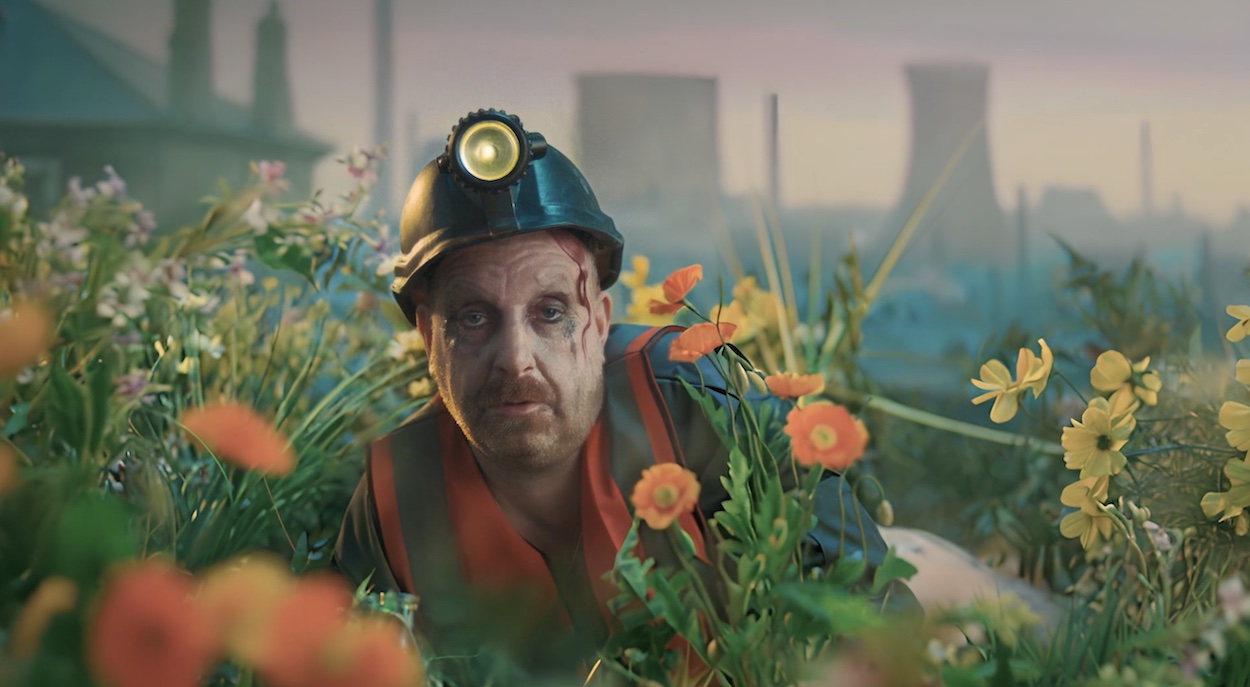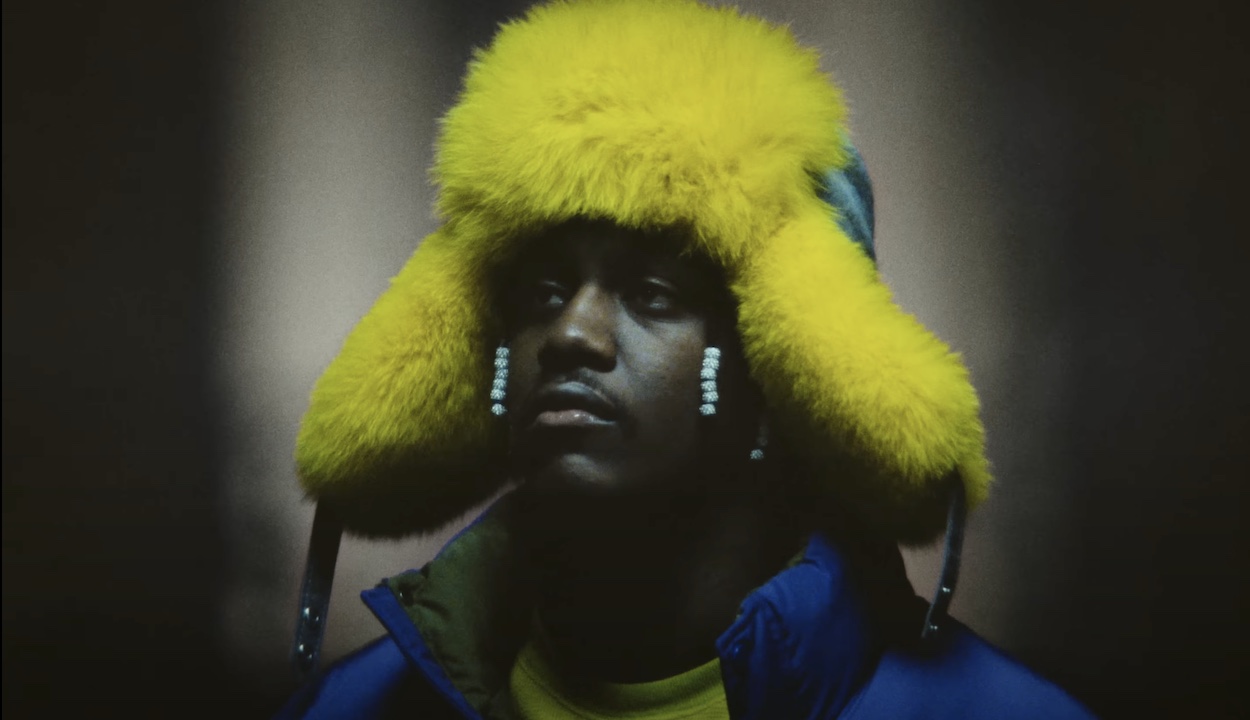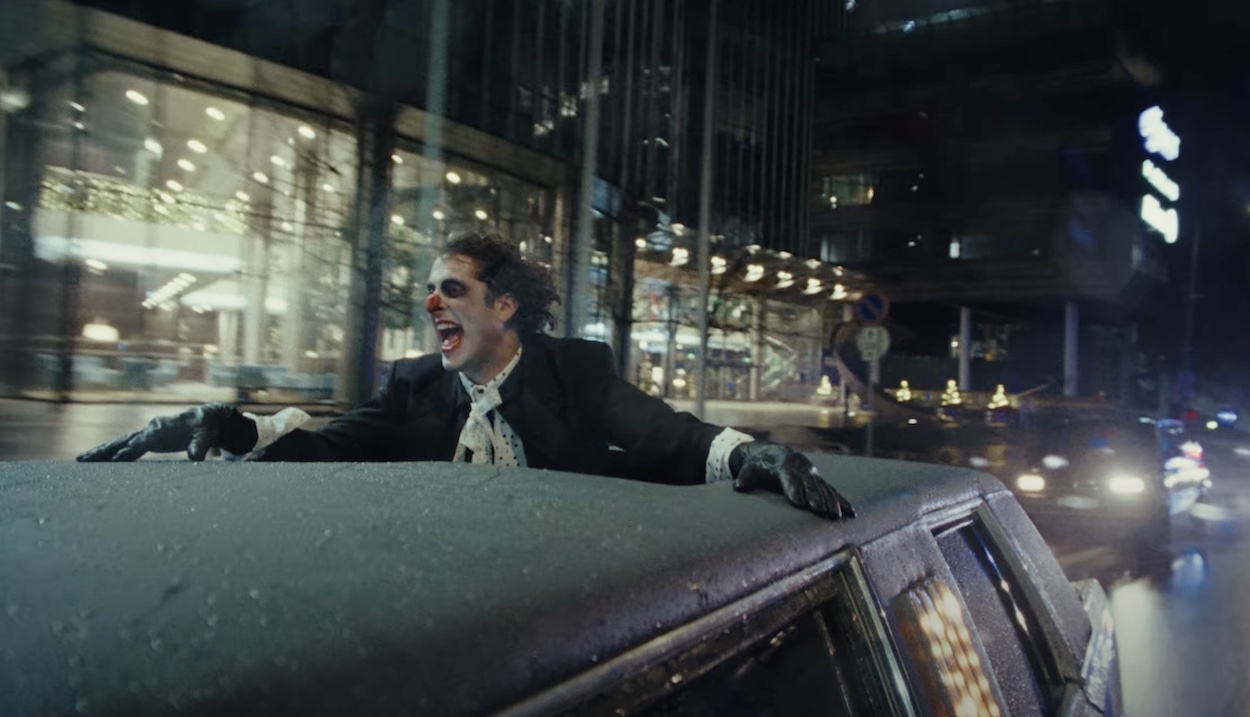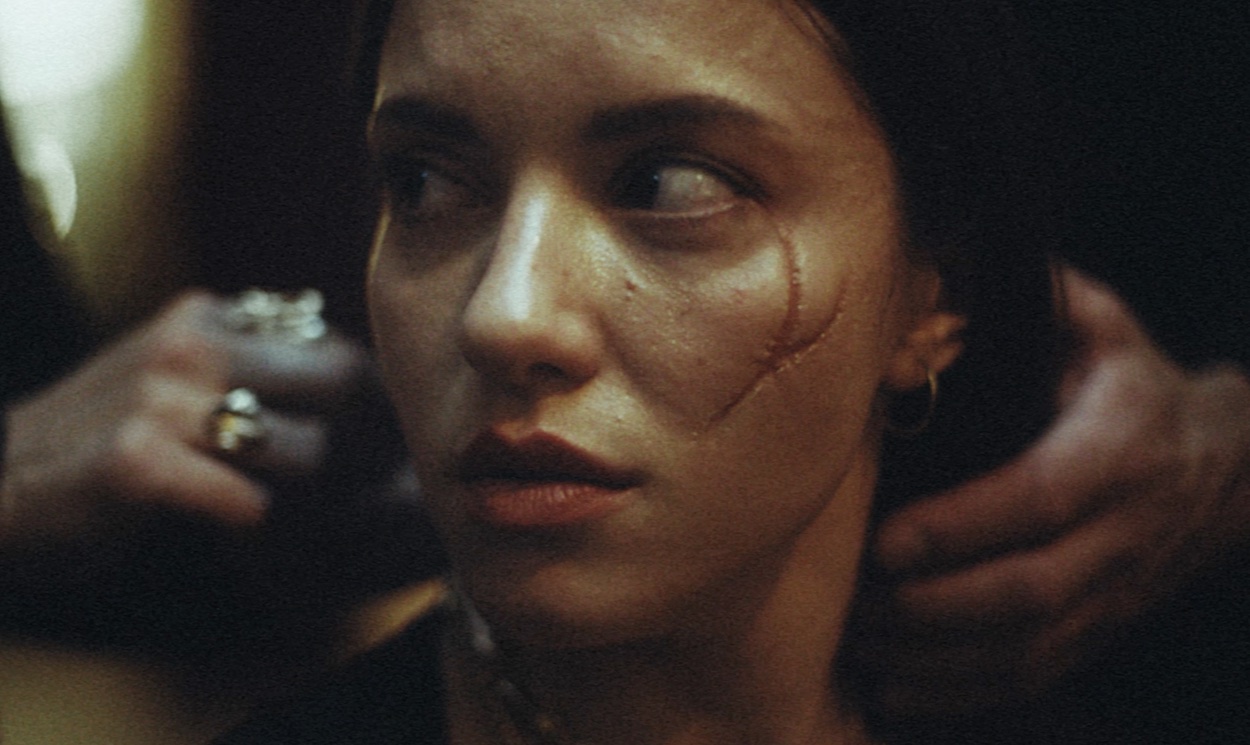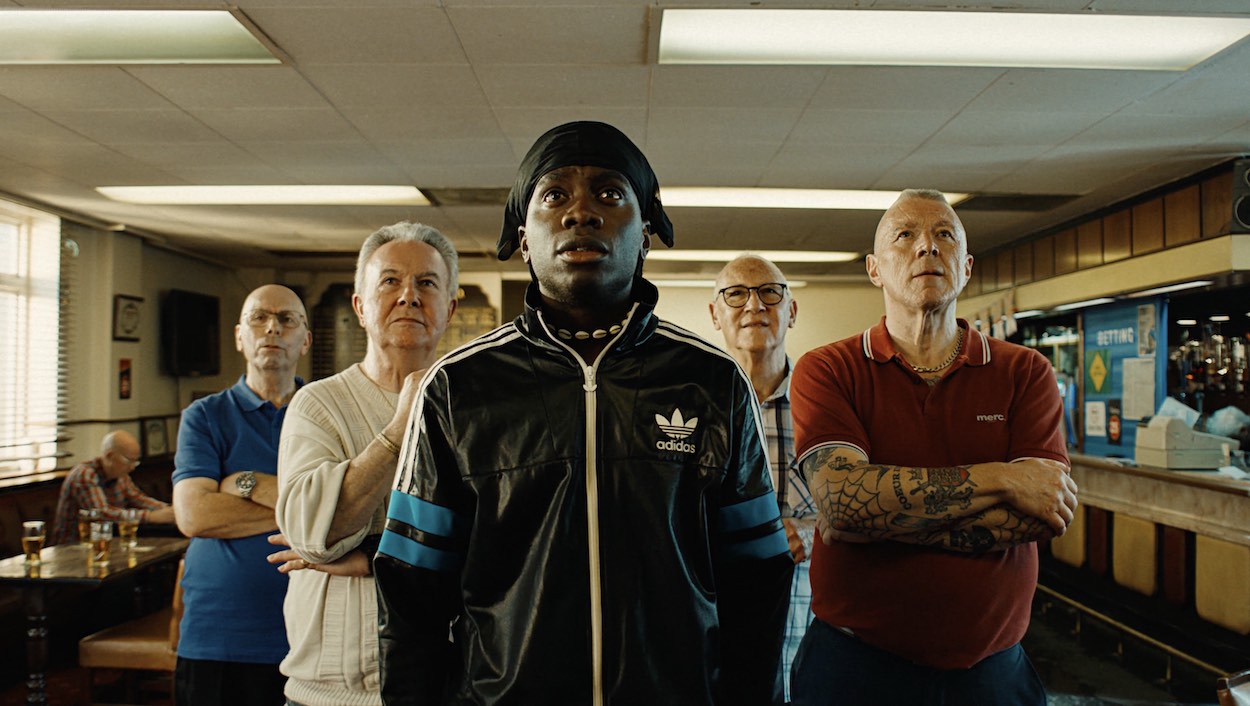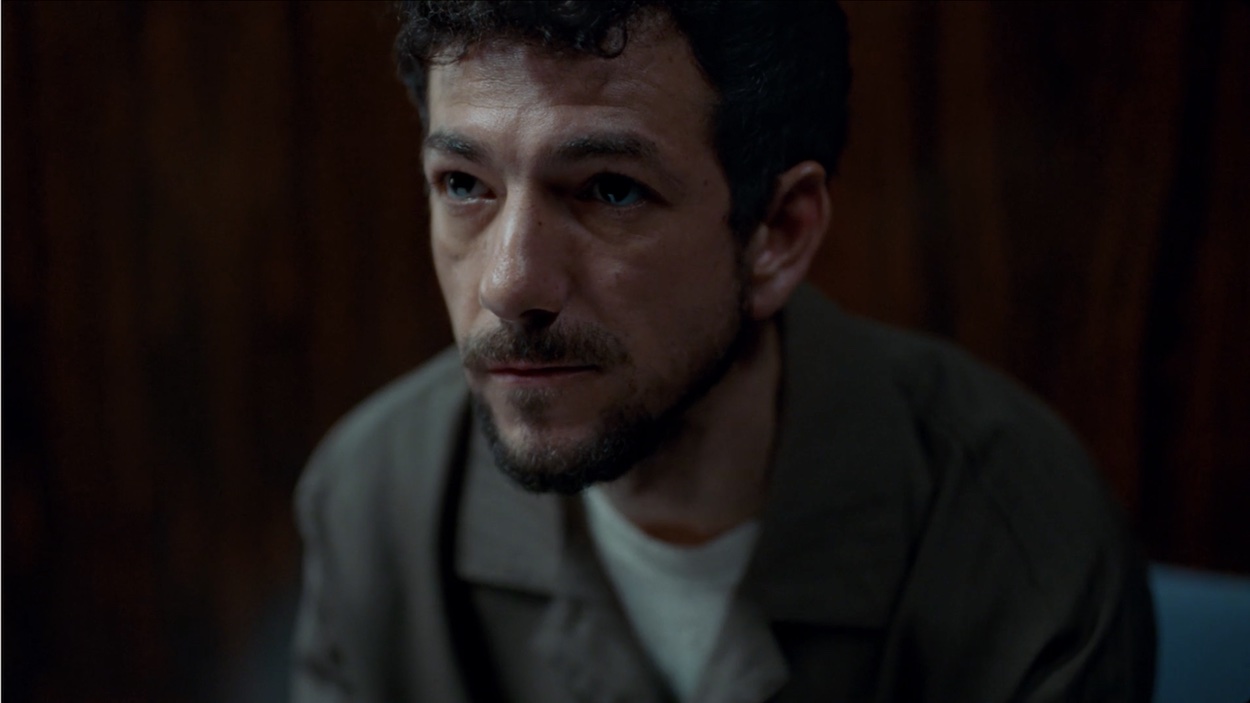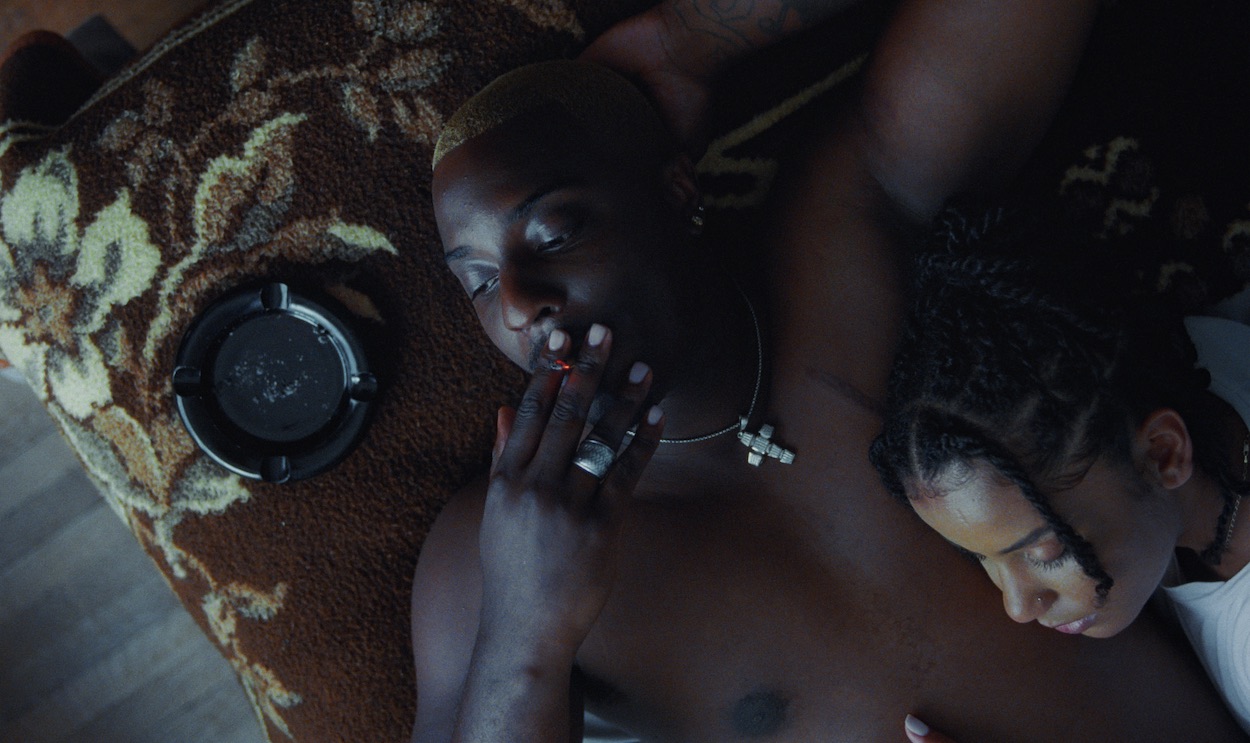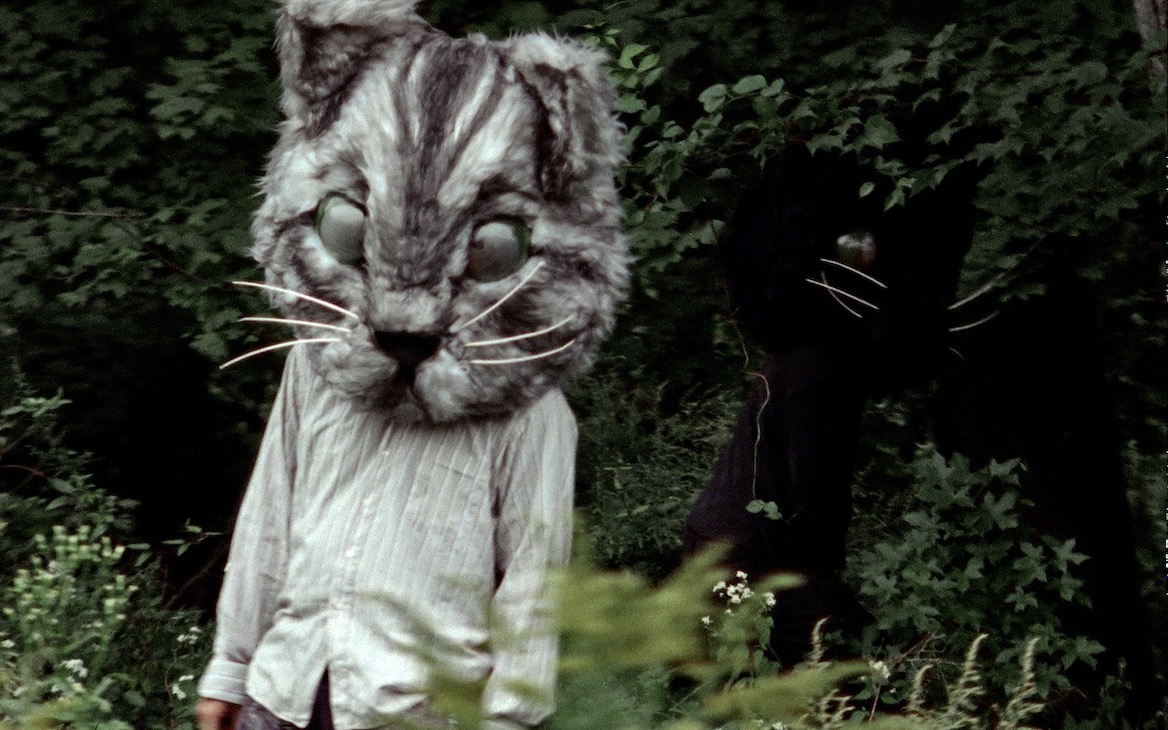Hector Dockrill
Your latest film When It Rains for Chase & Status, is dark comedy at its best. (Well, we laughed out loud.) What was behind your decision to use a professional actor, Jack McMullen, when you usually cast the artists in their own music videos?
Jack is an old friend. But more importantly, an extremely talented actor. At the start of the year we were discussing doing a short film together; a gnarly improvised one-take about a man having a terrible day. So, when I wrote this script for Chase & Status, it was only right to work with Jack. The ‘script’ was also left quite loose (a couple of paragraphs) and we had a real dogma-esq approach, so it was important to have a collaborative process with the freedom and space that an actor, such as Jack, could use as a palette to just go wild. As you can probably tell, no idea was a dumb idea, and when you create an environment of confidence, you never really know where the performance will go.
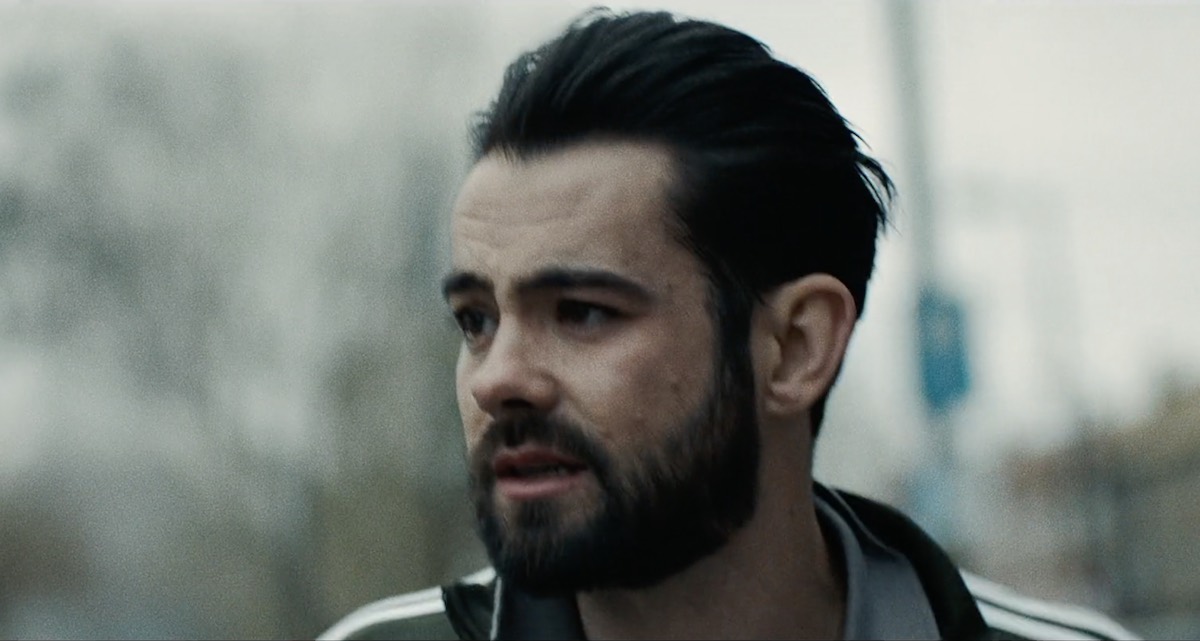 Jack McMullen, Chase & Status’ When It Rains
Jack McMullen, Chase & Status’ When It Rains
How did the germ of the idea for the narrative come about?
There were a few things. The deep version is, it feels the world is a brutal place at the moment. It’s dog-eat-dog, and there are definitely no heroes. So, this felt like a microcosm of that. Doors constantly being shut in your face and that feeling of the universe working against you. And how the desire for something as simple as a cigarette can turn into chaos. Bad decisions, leading to more bad decisions. The funnier version was just a scumbag of a man that will stop at absolutely nothing to get what he wants, regardless of consequence or consideration of anything/anyone around him. But from a briefing perspective, the artists’ creatives, Crowns&Owls, were looking for something character driven with no limits. Which was a sick brief to have. It was definitely their trust that allowed such a bizarre script to come to life. Which is rare!
And was the timing of the narrative perfectly detailed in pre-production or did it evolve on set and in the edit?
We had no rehearsals and it wasn’t scripted, so we had a solid structure with an intricate journey of beats that was the driving force of the story. Everything beyond that was Jack bringing the character to life on the day, which of course, is when the best bits happen. There’s actually a 12-minute version with dialogue and no soundtrack which we’ll be releasing as a short film which is where you feel the true mania and panic of Jack’s character.
You won a BAFTA for your film Goldfish, based on the real-life experience of the film’s lead, Rajai Mitchell, the victim of a horrendous knife crime in London. You’d already made a short documentary on Rajai and then with your sister, writer, poet and illustrator Laura Dockrill, wrote the script for Goldfish. Are you two planning to evolve this creative partnership into more films?
Absolutely. We’re currently in development on two feature length scripts together, one of which is an adaptation of Goldfish. The other I can’t say much about just yet. Over the past couple of years we’ve written a few ideas, but then felt it’s right to nurture our long form process rather than rush films out for the sake of it. That’s why I have music promos. But we work together non-stop, even on our individual projects you’ll see a bit of each other wedged in there. I enjoy writing alone, but being able to share and bounce ideas where you are fully understood, kind of saves you from going insane from constantly having conversations with yourself inside your head. It’s like therapy.
Joja Smith, The One
Just as Rajai starred in his own story, so too are you brilliant at developing performances with artists such as Sam Fender, Jorja Smith, Skepta, Baker, Maverick Sabre, Stormzy, the list goes on… their performance videos become riveting narrative short films as well. What is your directing process for working with these non-actor musicians?
Thank you! It’s always an interesting process. And it changes every time. Musicians, just like any artists, are complex characters, full of ideas, emotions and thoughts. So if you can harness the organised chaos inside them, then you’ll never have an issue finding a performance. Trust is a huge thing obviously. Once you build trust, you find confidence within each other, and then you’re in a really good place. But ultimately, you’re being given the privilege of helping craft an image for that particular artists’ career, so it’s important to listen and understand who they are / where they’re going as it’s often deeper than just a ‘cool image’. Jorja is a long-term collaborator, and a perfect example of a musician that can transfer her thoughts and feelings into a different art form, so there’s never been an issue with her delivering a compelling performance.
Do you write a lot of the narratives and how does that process work – does it begin with the lyrics, or a conversation with the artist, or is it more about tone and feel and the ideas spring from there?
Since I started, no process has been the same. Even when collaborating with somebody for the second, third, fourth, fifth time. It’s always different. And that’s the magic of it I guess. A certain track or lyrics can be profoundly deep and meaningful to that artist in that moment of time, so there will probably be a detailed brief which you then spend time carefully working on a script together for. But the next time you collaborate on a different song, the focus is on the timing and getting it out by the next week, so you quickly draw something together and shoot asap. Or occasionally, you won’t communicate with the artist at all until you see them on set. There is no strict process in collaboration, and I don’t think I’d change that. The ever evolving process creates an eco-system for new ideas and ways of doing things, and that’s what keeps it exciting. You leave a project to start something new and everything feels interesting and gives you the confidence and drive to experiment. But yes, I write the majority myself.
You craft each music video with different filmic techniques – for instance the documentary- style story for Maverick Sabre with locked off shots and powerful voice-over subtitles; or the high-contrast black-and-white vignettes for Tendai – poignantly panning across the Kyiv skyline with explosions in the background. Where did you learn the fundamentals? Is your technical film language an instinctive reaction for each film?
I didn’t do film school/university and the first set I ever stepped on was my own. Which has its pros and cons. But I’ve only ever really known one way, and that’s to use instinct. Of course, I’ve had some mentors along the way, watched a ton of films and done a lot of reading, but I was never taught the ‘right’ way to tell a story or told what I ‘can’t’ do when making a film, so there were never any boundaries.
I try to push each film into a new place, so it often changes. But what’s consistent in my approach is character. All of my work is character centred, so everything around that is secondary, and for me, should be an extension of that character. The look and the feeling should be dictated by your character, who drives your story. When you look at it like that, it becomes an exciting method every time, as you intricately work out how to apply a unique image to fit your character / story. Otherwise, you’re just left with a collection of pretty images with no intrinsic value or depth. Which is fine if you’re making a mood film.
There’s an infinite amount of ways to create an image and as storytellers/filmmakers, we are instinctively curious, so technically, emotionally, spiritually, why stick to one thing when we can literally make anything happen?
Tendai, Not Around
Anything else you want to tell us? – What is on the cards for 2022….
2022 is already very interesting. I have a feature documentary with Post Malone coming out in the next month or so which has started a few conversations with some big hitters in that world. Music docs take a lot of commitment and patience. But the process is completely wild and unexpected which is what keeps me on my toes. I’ve also just done my first TVC of the year so I’m excited about that – telling stories in under 60” is a completely different discipline to what I’ve been learning in long form over these past 12months; shaping bold ideas to fit inside a tiny window, like a well-timed joke. It’s a lot of fun. And then, hopefully by the end of summer we’ll be in development on my debut feature. But I don’t want to rush nor jinx it.
@pulsefilms
@hdurkle
